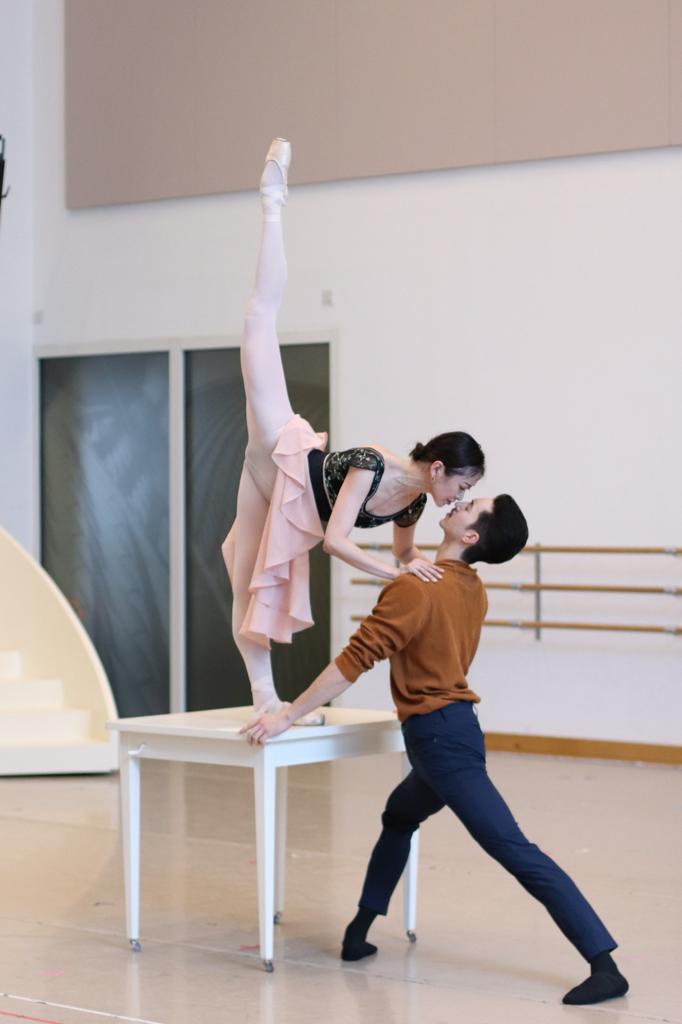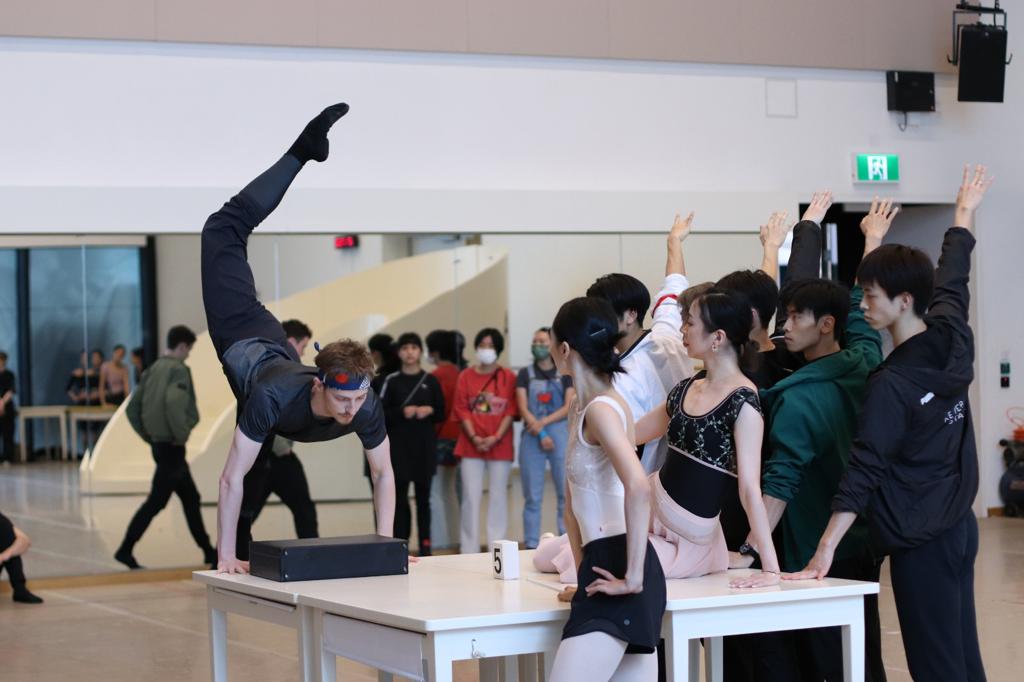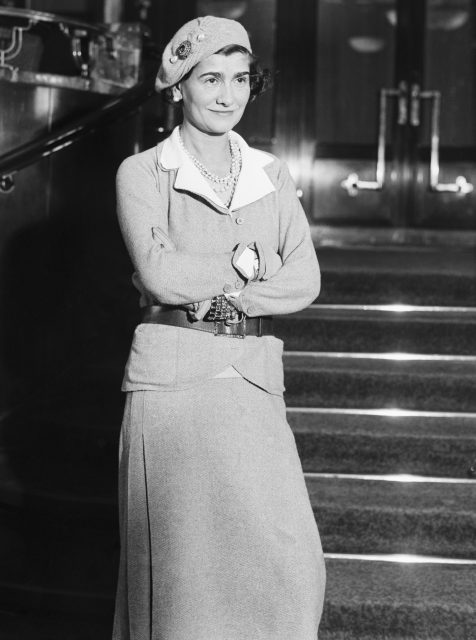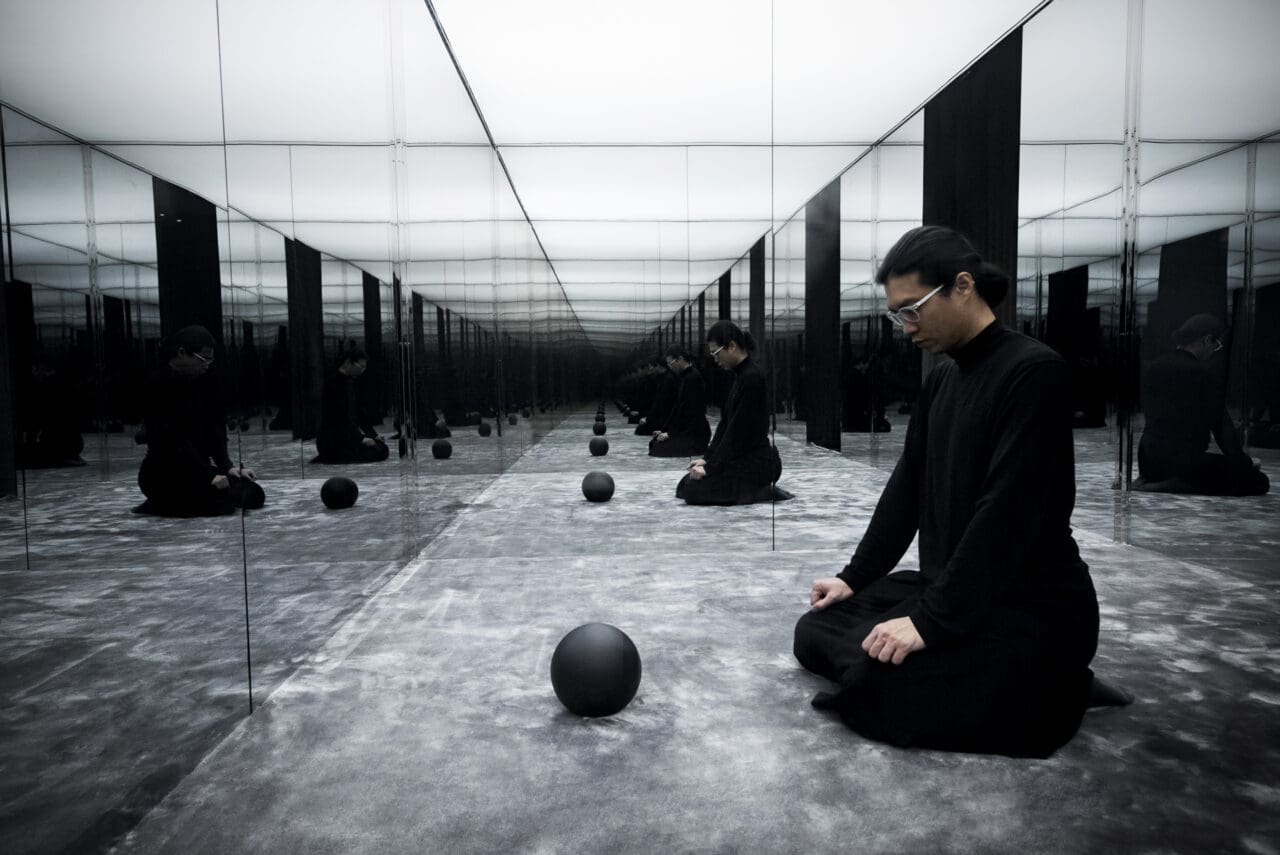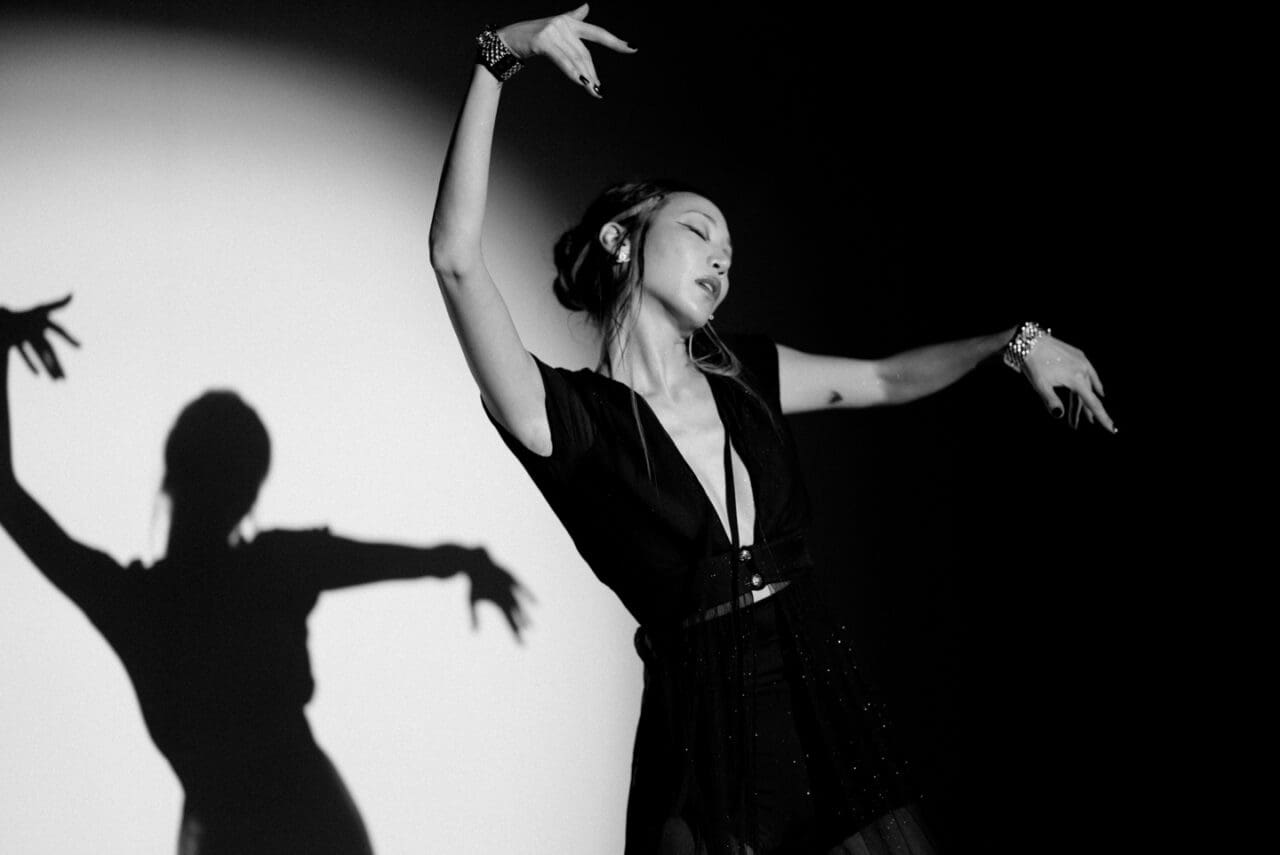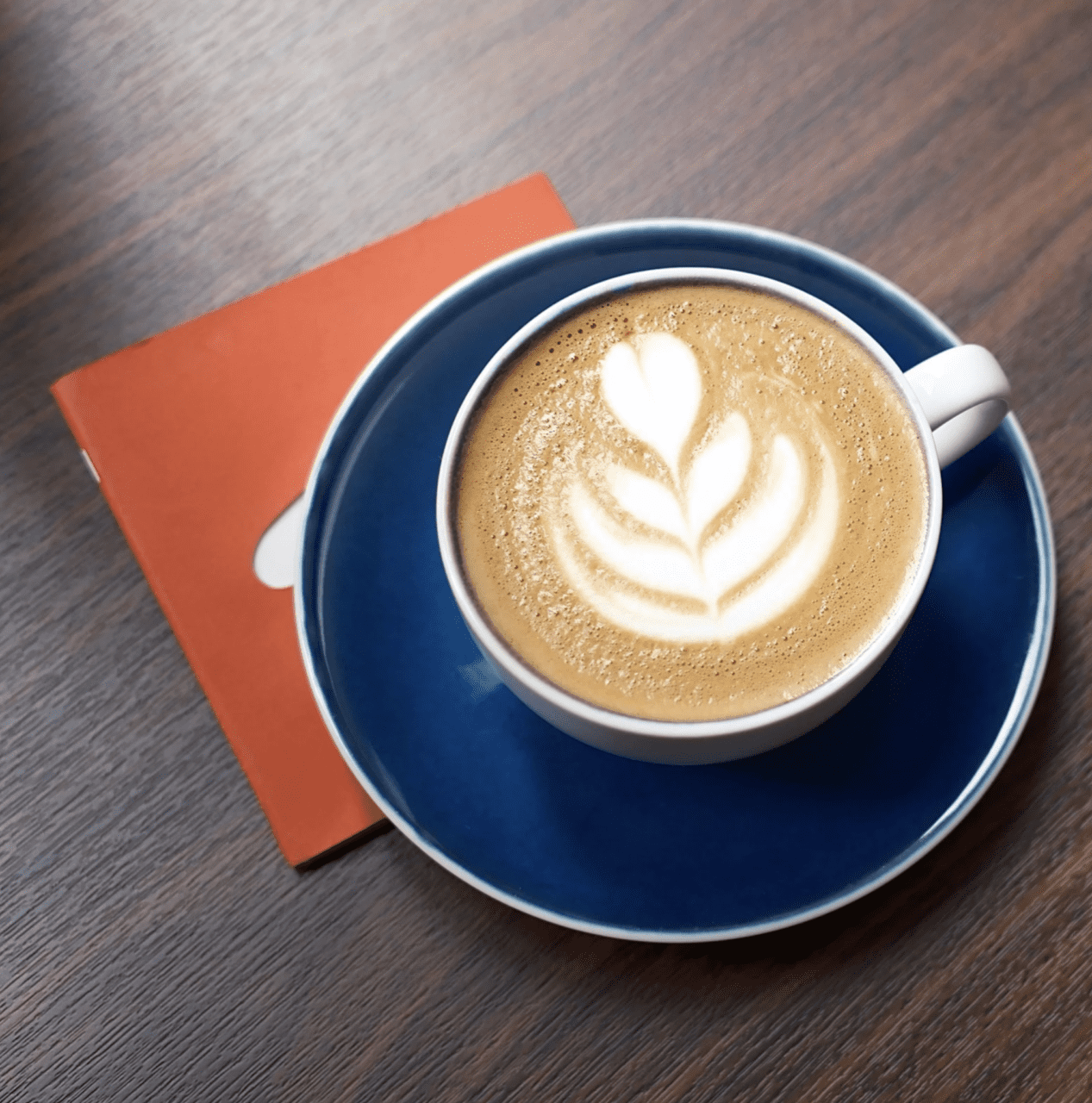Mademoiselle Gabrielle “Coco” once said, “Fashion changes, but style endures.” While Chanel left behind a fashion legacy, her rags-to-riches story is one worth remembering. To commemorate the historical style icon, Columbian-Belgian choreographer Annabelle Lopez Ochoa partnered with costume and set designer Jérôme Kaplan to create an original ballet production, Coco Chanel: the Life of a Fashion Icon. The show will premiere in Hong Kong, performed by the Hong Kong Ballet.
Encapsulating a lifetime’s worth of details into a few hours of performance is no easy feat. “The production will focus on how Chanel revamped women’s silhouettes, reflecting how much this act has liberated and emancipated women. Additionally, I want to present the hardships she experienced throughout her life that made her into the woman and entrepreneur she was,” Ochoa shares. “The first part of the creative process is all about research. I then write the script and submit it to my artistic collaborator Nancy Meckler. We dissect every scene, and she examines whether the characters are well-introduced and are developing in the plot. I am often sent back to the drawing board! After that, the script goes to our set and costume designer Jérôme Kaplan. With the help of a mood board and many discussions, a decision is made about the visual elements. The music comes in last — I’m delighted to be collaborating again with Peter Salem, a genius in theatrical composition.” Needless to say, the creation of a piece of artistic work is a collaborative effort. One could not help but wonder how this performance, whose preparation spanned three years, would unfold on the stage.
“Frankly, I had no idea where to start while designing the costumes!” Kaplan reminisces. “I tried to portray a concise version of Chanel that reflects her aesthetics without merely imitating it and to pay homage to her without betraying her beliefs. That is the whole point of the ballet.” Annabelle Lopez Ochoa shares his sentiments. “Chanel once said, ‘before you leave the house, look in the mirror and take one thing off.’ I keep this quote in mind with all the ballets I make. Once we start with technical rehearsals, I look for the essence of the ballet. I simplify, rearrange, and get to the point.” She laughs, embarrassed. “I am infamous for making last-minute changes for clarity.”
Together, the team worked tirelessly to create a show that lived up to Coco Chanel’s name. The final result was just like Ochoa and Kaplan described it: Coco Chanel: the Life of a Fashion Icon portrays the essence of the designer’s life — a story of fashion and defiance. “The choreography is rigid and minimal at the beginning, becoming freer and more expansive as time passes,” Ochoa states. Kaplan also incorporated a minimalistic approach to set design to create a fitting stage. “I simplified the scenography as much as possible while retaining symbolic elements. There are two acts, each with its distinct colour palette: the first anchored by ivory white and the second by black. There are staircases, mirrors, mannequins, workshop tables, camellias, and such — nothing too realistic or descriptive. The same can be said for the costumes. The result is abstract and timeless, which I hope will pass on a small piece of her huge legacy.”
After three years of preparation, Coco Chanel: The Life of a Fashion Icon will debut its first performance in March. “The most nerve-wracking moment of the process is when the ballet hits the stage for the first time, and we finally see the costumes and sets under theatre lights,” Ochoa declares. “However, the real magic only happens when the audience is present, and art is finally being made under their gaze.”
Translated by Mina Chan
Editor
Cathy HuangCredit
Lead Image: Courtesy of Hong Kong Ballet



